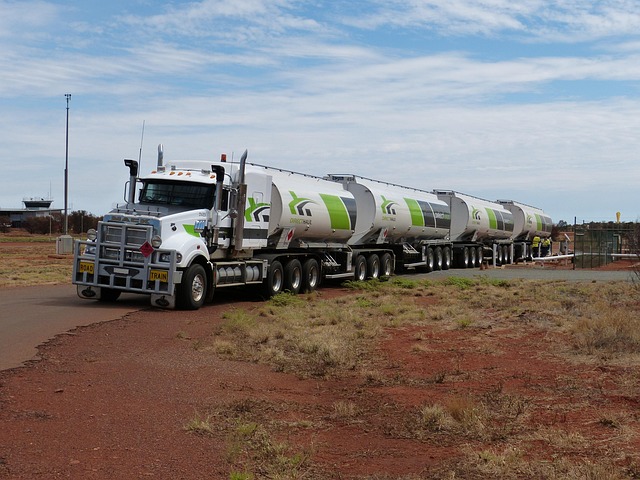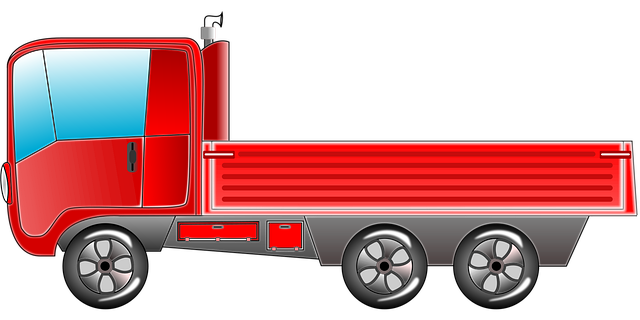Registering a car in California involves understanding specific requirements and following a straightforward process. This guide breaks down the steps, from gathering essential documents to completing the DMV VIN verification. By adhering to these instructions, you’ll ensure a smooth registration experience. First, understand the state’s mandatory standards, then gather all needed paperwork, including proof of insurance and identification. Next, perform the crucial dmv vin verification step-by-step. Finally, submit your application, pay fees, and receive your California vehicle registration papers.
- Understand California Car Registration Requirements
- Gather Necessary Documents for Registration
- Perform DMV VIN Verification Step-by-Step
- Submit Application and Pay Fees at DMV
- Receive Your California Vehicle Registration Papers
Understand California Car Registration Requirements

Before registering your car in California, it’s crucial to understand the state’s specific requirements for vehicle registration. The California Department of Motor Vehicles (DMV) ensures that all vehicles on the road meet safety and emissions standards through several verification processes. One key step is the DMV vin verification, which involves checking the unique Vehicle Identification Number (VIN) of your car. This process helps prevent fraud and ensures the vehicle’s history is accurately documented.
Additionally, the VIN inspection plays a vital role in this procedure, as it provides detailed information about the car’s manufacturer, model, and year. For convenience, many residents opt for mobile vin verification services or mobile vin verifiers, which allow them to complete this crucial step from the comfort of their homes or workplaces.
Gather Necessary Documents for Registration

Before you start the registration process, make sure to gather all the essential documents required by the California Department of Motor Vehicles (DMV). This includes your vehicle’s title, which you’ll need to present as proof of ownership during the vin inspection. The Vehicle Identification Number (VIN) is a unique code that identifies your car and can be located on the vehicle’s certificate of origin or on the label inside the driver’s side door jamb.
For a hassle-free registration experience, consider conducting a mobile vin verification before heading to the DMV. This step ensures that your vehicle’s details are accurate and up-to-date, allowing for a smoother transaction. Having all your documents in order will save you time and potential delays during the registration process.
Perform DMV VIN Verification Step-by-Step

Performing a DMV VIN (Vehicle Identification Number) verification is a crucial step when registering your car in California. Here’s a simple guide to help you through the process. First, gather all necessary documents, including your vehicle’s registration certificate from the previous state, proof of insurance, and a valid driver’s license. Then, visit your nearest California DMV office or use their online services for VIN verification.
For a mobile vin inspection, you can request an appointment where a DMV inspector will physically examine your vehicle. Alternatively, some third-party services offer remote or digital vin inspection options. During the inspection, the inspector will cross-reference your VIN with their database to ensure it matches the vehicle’s description and confirm its legal status. Once verified, they’ll issue you a Certificate of Vehicle Identification Number, which is required for registration completion.
Submit Application and Pay Fees at DMV

Once all the required documents are gathered, it’s time to submit your application and fees at the DMV. This crucial step involves filling out the necessary forms, providing proof of insurance, and submitting a completed DMV VIN verification form along with your vehicle’s unique identifier (VIN). The fees for registration vary depending on your vehicle’s type and age, so be sure to check the current rates before visiting the DMV.
You can streamline this process by utilizing a mobile vin verifier or scheduling an appointment for a mobile vin inspection. These options save time, as they allow you to complete the VIN verification outside of traditional business hours. Remember to bring all required documents and fees to ensure a smooth registration experience at the DMV.
Receive Your California Vehicle Registration Papers

After submitting your application for vehicle registration at a California DMV office or by mail, you’ll receive your official California Vehicle Registration Papers. This document is crucial and serves as proof of ownership and authorization to operate your vehicle on state roads. It’s important to keep this paperwork in a safe place, as you’ll need it for future reference, including when selling or transferring the vehicle.
The registration process includes a DMV VIN verification, which ensures that your vehicle’s unique Vehicle Identification Number (VIN) is accurate and matches the data on file. This step is vital to prevent fraud and ensure safety standards. You can facilitate this process with a mobile VIN verifier for added convenience, allowing you to complete the inspection without visiting a DMV location.
Registering a car in California involves understanding specific requirements, gathering essential documents, and successfully completing the DMV VIN verification process. By following the steps outlined in this article—from ensuring you meet all necessary criteria to submitting your application and paying fees at the DMV—you’ll be well on your way to securing your vehicle’s registration in the Golden State. Remember, a seamless car registration process is within reach when you’re informed and prepared.
